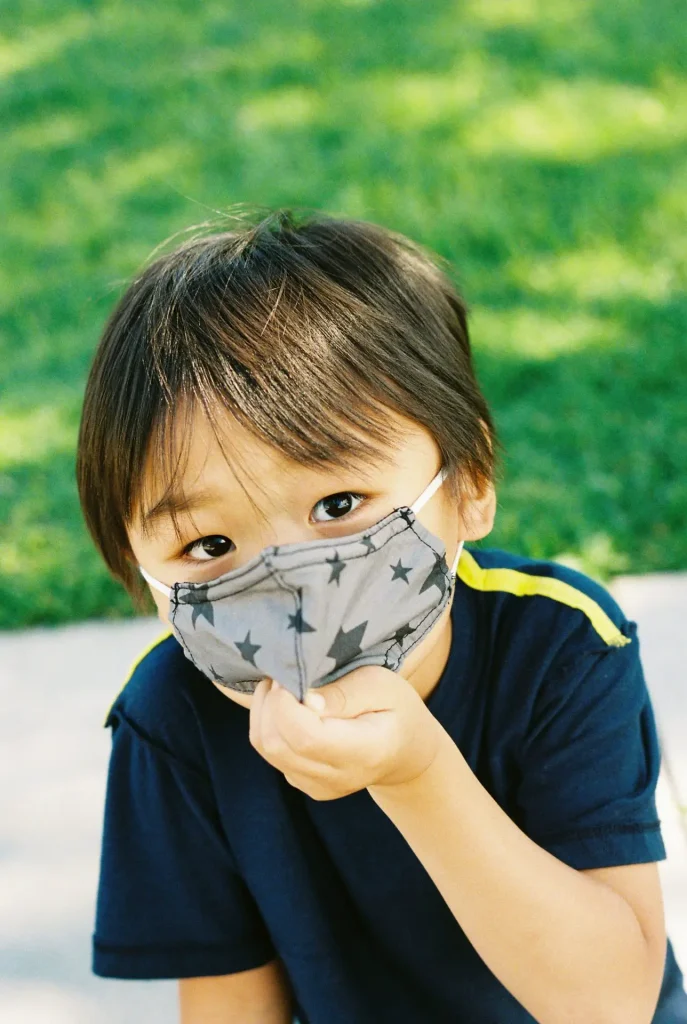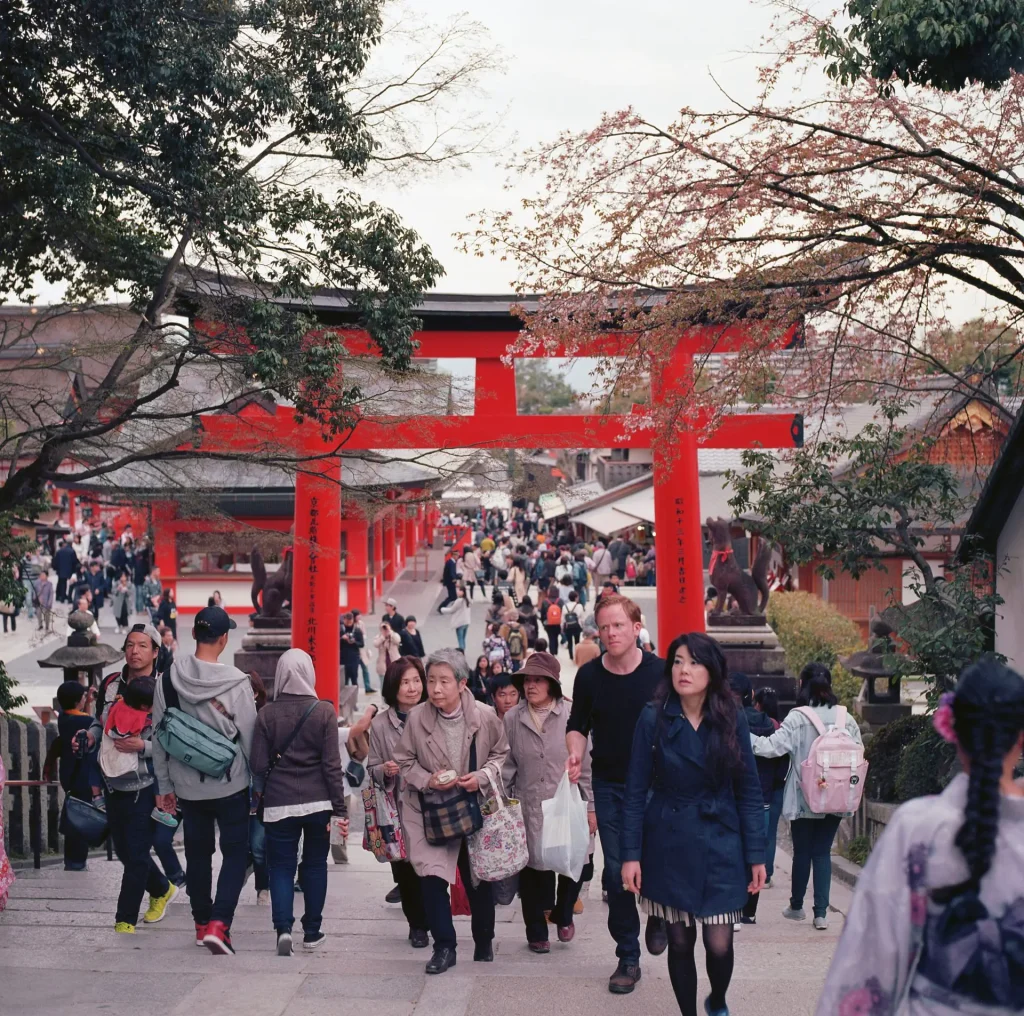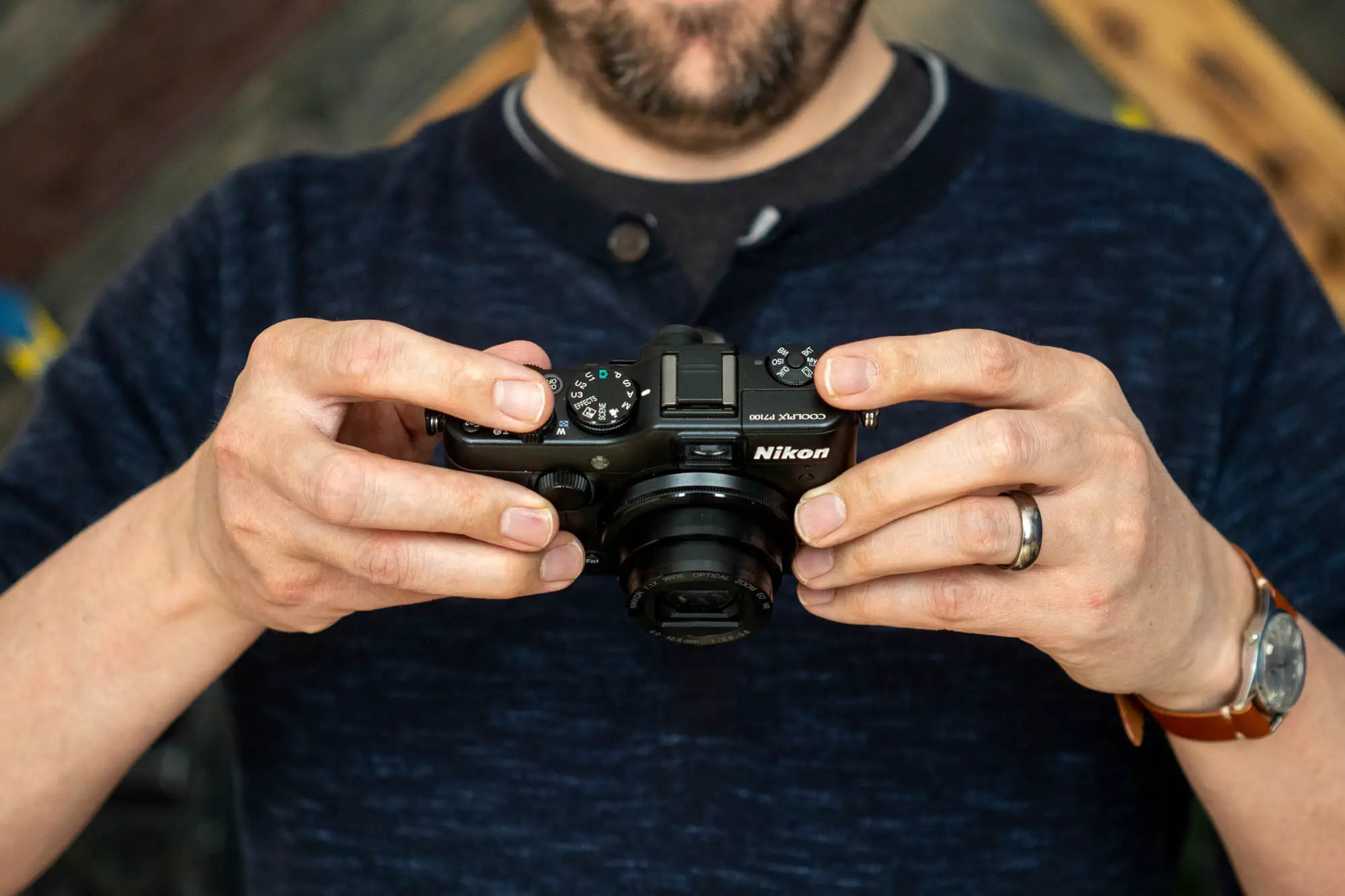Back in the day, when taking photographs, we gave little thought to viewing our photos on the spot. For those “thrill seekers,” who needed such immediate gratification, Polaroid had a variety of cameras designed to give you your fix, most within 60-seconds.
Before the advent of 1-hour photo drive-through at Target, Costco and CVS, there was the local drug store, in my case “Rexall” in West Los Angeles. We filled out a form, took our film to the counter, and handed it to the nice lady, who promptly tossed it into a bin, presumably to be picked up later by someone from “the lab.”
A few days to a week later, we returned to the store and picked up our processed film negatives and a set of prints. Sometimes we received two prints for the price of one, which excited us, but which I now believe was absolutely a waste of time, paper and resources (but that’s another discussion).
Often, we stood right there and flipped through the pictures, stating, “oooh, oooh, oooh,” for each shot we liked.
Around 2000, as digital photographic instruments became more prevalent, this process of looking at the pictures and “ooohing” over them, migrated to the backs of our cameras and a small 2–3 inch screen.
Because the “oooh, oooh, oooh” sound emulated that of a chimpanzee, the process of taking a digital photo, then reviewing it on your camera screen became known as “chimping.”
You’ve seen people do this. You’ve done it yourself. I have too. You snap a shot, flick the camera over with a ‘cool’ wrist-action, press play and look at the shot. If you are a professional, you have this down to a quick 1.5-second motion and are ready to take the next photo. If you’re a neophyte (no offense), you may view the screen a little longer, even push the camera to your friend and give them an opportunity to see the pic, and compliment you on your photographic prowess.
Most people are unaware of the phrase “chimping,” and the fact that many (not all), professional ‘photogs’ frown upon people who practice this supposedly abhorrent ritual. Forget for a moment that those same ‘hoity toity’ camera persons are guilty of performing the same actions, albeit for a sometimes hefty fee.
According to the Oracle, I mean online encyclopedia, I mean 21st Century Information Retrieval System, commonly known as Wikipedia, the phrase was first mentioned by USA Today photographer Robert Duestch more than 20-years ago, in 1999. You remember 1999, don’t you? That was the year when 3-megapixels was a big deal, and seeing your photo on a screen, even a now puny 1.8″ one, was amazing. I know, I ‘chimped’ along with the rest of them.
For some of you, the world I grew up in, the one your parents came of age in, the one your generation refers to as “way back in the day,” is not even a distant memory. You didn’t grow up hearing camera names like Canon AE-1, Nikon F2, Yashica Mat, etc…, nor did you know about Kodachrome, Ektachrome, Plux X, and many other 35mm films.
As the digital revolution exploded on the scene, the world quickly embraced cameras which took good photos, allowed you to download them to your computer and send them to grandma and grandpa without having to pay the guy or gal at the drugstore to dredge the film through some nasty chemical concoction, develop some prints and package them all nice and neat in a white and red envelope, which you dutifully picked up with anticipation.

No, those days were rapidly disappearing, and with them the deliberate, thoughtful, passive method of taking pictures on celluloid, replaced by I’s and O’s, eventually to be lost in a mass of thousands of family photos, selfies and NSFW shots you sent your girlfriend. Or boyfriend. Or partner.
These days, younger people who catch me snapping photos here and there, can often be heard asking,
“Hey, can I see it?”
Alas, I must tell them, “Sorry, it’s film.” The two most common responses to this; “Aww, that sucks,” or “What’s film?”
Chimping then, is the result of the onslaught of digital cameras. To be sure, professionals still use “pro” cameras. But the once ubiquitous “point and shoot” camera used mostly by non-professionals, is all but extinct, replaced by a camera you have with you all the time — your cellphone. And this particular device is now a chimper’s delight.
I’m not saying anyone is a bad person for chimping. It is a natural outcome of being given a screen on the back of your camera to review the pictures you snap with it. And, if you’re using your phone, you don’t even have to flip the camera over, because you’re viewing the photo as you take it.
But, I think this also creates an environment, wherein we’re looking for the best possible photograph, so we chimp, and if we don’t like what we see, we shoot again. And again. And again.
Is this bad? You tell me. How many digital pictures do YOU have in your iPhoto library? Better yet, how many duplicates?
Some of this may actually be academic. With the latest cellphones, comes new artificial intelligence, designed to take the photo you shoot, make the adjustments necessary to improve lighting, saturation, highlights, etc… This may make chimping, if done for purposes of determining the “quality” of a shot, unnecessary.
I joined the digital camera “evolution,” along with the rest of the world. And, for a number of years, I shot exclusively digital. It was, and remains an amazing thing: to be able to shoot so many photos and enjoy them instantly. I love it.
But, I missed something about film photography.

Today, five years after re-embracing film, I have embarked on a personal project to shoot only film during 2022 (except when digital is demanded by family who are not willing to put up with my film renaissance torro-poo-poo).
With film, you are focused (pun intended, so please chuckle) on taking the shot, calculating in your mind whether or not you got it, and either retaking another one, or moving on. No looking at the screen here, there isn’t one. And, you only have 36-shots on a roll of 35mm-film, so you’d better think about what you want to end up with and consider each shot.
I’ve heard many people say that shooting film slows them down, and this may be true, but I feel a better explanation of why film is so exciting and wonderful to shoot, is not necessarily the pictures you end up with, its the process and the gear.
Sidebar: Ultimately, you’re ending up with a digital photo anyway, because 99% of us are scanning the resulting negatives if we are shooting film. If you’re taking black and white pictures, you may have a home lab (I did for a while), and some of the really adventurous enthusiasts have color labs, which allow them to produce their own color prints.

Shooting with a vintage camera belies the fact that its not simply the film we like, it’s the cameras themselves, and the feeling we get when we hold a really nice 35mm SLR (single lens reflex) instrument in our hands. Or the excitement we feel when we show that camera to a fellow film aficionado. Or the attention we receive when we’re walking down the street in Santa Monica, California and a middle-aged guy comes up to us to strike up a conversation about the times he shot with a Nikon F3, just like you are, and he’s never seen one in such great condition, since he bought his in 1990. And now, he’s lamenting the fact that he sold it for a digital camera that crapped out after three years.
When you load a roll of film and push the advance lever to prepare the camera to shoot that roll, there is anticipation of the experiences you’re going to have as you photograph the world.
And, when you snap that first shot of the roll, after manually focusing your 50-year old Nikkor 50mm F1.4 lens, setting the aperture, clicking in the correct shutter speed, you feel a sense of accomplishment. Then, you advance the film with your thumb on the film advance lever, and the anticipation begins again.
But wait, when we took the picture, we didn’t get a chance to view it. There’s no screen on the back of these cameras, people. No, in most cases, just a tab to place the end of the film box into, so you remember what kind of film you loaded in the camera.
For me, and for some other film photographers I know, it is the cameras and the process of shooting with them that enamors us to them.
So chimp away, if you like. There’s nothing wrong with it. It’s simply that, with film cameras, not only is it unnecessary, it’s not possible. And, I’m fine with that.
The really big questions are, what will I take pictures of? And, Who?
And, where the heck am I going to get this film processed?
Share this post:









Comments
Bob Janes on What the Heck is “Chimping?” – By Cire Llissat
Comment posted: 17/03/2022
I finally 'cured' myself of chimping when I switched from DSLR to mirrorless - in effect I already had seen the focus and exposure on the EVF...
Comment posted: 17/03/2022
Martin on What the Heck is “Chimping?” – By Cire Llissat
Comment posted: 17/03/2022
Wouter Willemse on What the Heck is “Chimping?” – By Cire Llissat
Comment posted: 17/03/2022
That moment when the film comes off the reel of the development tank, and you hold something in your hand that you properly created - it's that moment why I like film a lot. Likewise with a darkroom print.
In many ways, my digital camera is better than my film cameras. Prints from my inktjet better than what I manage in my darkroom. Autofocus tends to be more accurate than my eye-hand coordination, But having developed the film having made the print with more effort, knowing that the camera forced me to manual focus and metering - the reward feels better because the effort was higher, and the resulting physical object (negative or print) is there to prove it.
John Earnshaw on What the Heck is “Chimping?” – By Cire Llissat
Comment posted: 17/03/2022
Comment posted: 17/03/2022
Kevin Ortner on What the Heck is “Chimping?” – By Cire Llissat
Comment posted: 17/03/2022
Also, I am constantly seeing images and videos of people's waist level finders... there should be another name for people on 'ig' that do things like this. Chimpstagraming?
Dave on What the Heck is “Chimping?” – By Cire Llissat
Comment posted: 17/03/2022
And then there’s the OTHER form of chimping: do you remember that event a few years back where a chimpanzee got ahold of a digital camera, and managed to shoot a series of shots of himself exuberantly mugging for the camera? There was a legal wrangle over it—Who is the photographer here? Who owns the rights to these images?
Scott Gitlin on What the Heck is “Chimping?” – By Cire Llissat
Comment posted: 17/03/2022
Comment posted: 17/03/2022
Indra Rosalia on What the Heck is “Chimping?” – By Cire Llissat
Comment posted: 18/03/2022
After I learn about exposure triangle, composition, decisive moment, and another basic with my D3200, I try film to sharpen my photography instinct. I realize that there are many types of film camera with very different ways to use. Every film camera that I've ever owned offered a new lesson to widen my photography knowledge.
But sadly film price is skyrocketing to the moon and I just don't want to wasting some of my income for something "just for fun", like shoot with film when I already have a digital cameras as a much cheaper alternative.
Luckily I have a Fujifilm X-Pro1. I bought this camera because I don't have enough income to justify buying a screenless Leica M digital (or any Leica M). Sometimes, I use a 1GB SD card (only enough for about 40 raw files, not much different from 1 roll of film with 36 exposures), and try as much as possible to only use the OVF. I even seriously thinking about covering the screen with a piece of synthetic leather, or at least a sticker. Yearite, call me effin hipster, plzzzzz!!!
Safiyyah on What the Heck is “Chimping?” – By Cire Llissat
Comment posted: 18/03/2022